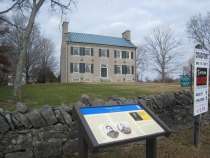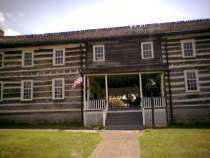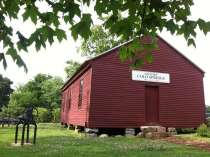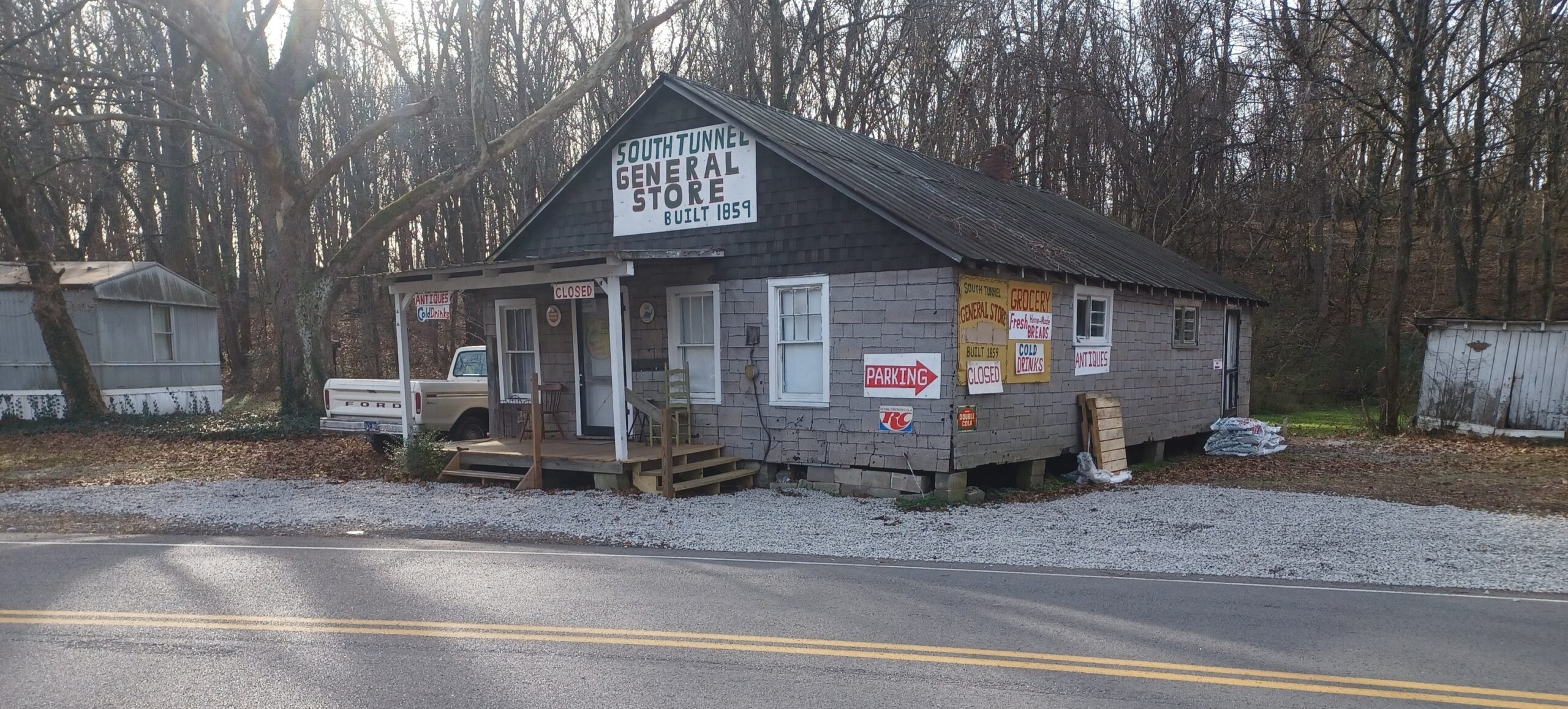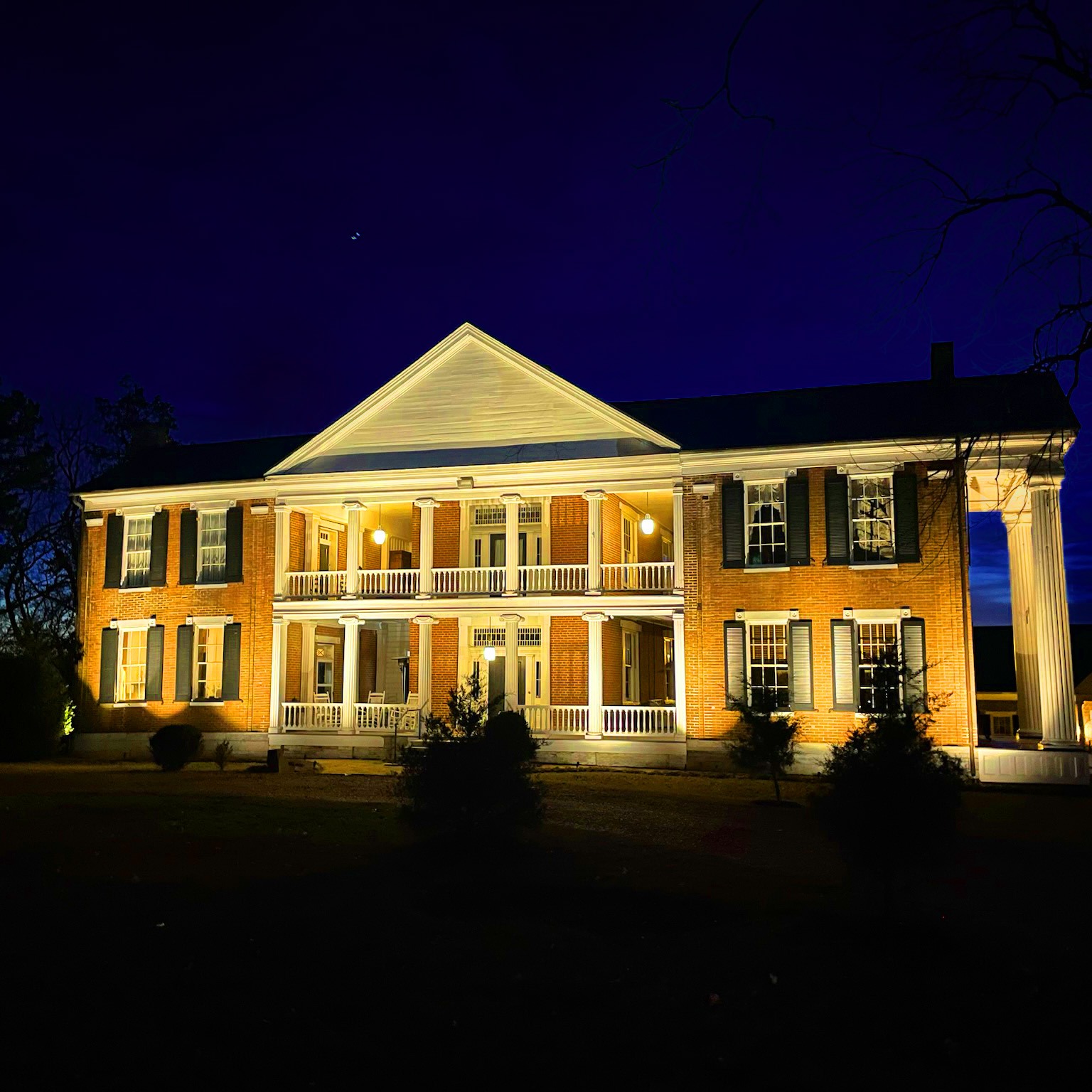Like most of the South, Tennessee was heavily impacted by the Civil War and is dotted with Civil War Trail markers that explain how the war affected individual sites. Thirteen of those Civil War Trail markers are located in Sumner County, Tennessee, and they are “open air museums” meaning the Civil War Trail markers are all located outside and available to be visited.
Learn more about each marker below and linked map is provided so you can plan your own visit to each one! Be sure to check out the Insider Tip on each marker to make the most of your trip to Sumner County!
Castalian Springs
Cragfont State Historic Site – 200 Cragfont Rd., Castalian Springs, TN 37031
This was the home of Confederate Maj. George W. Winchester (1822–1878), his mother Susan Winchester, his wife Malvina H. Gaines, and their children. Their surviving letters and diaries describe life during Union occupation. George Winchester remained at Cragfont after the war began. When his son, Pvt. Napoleon B. Winchester, 2nd Tennessee Infantry (CSA), was wounded at Shiloh in April 1862, Winchester visited him and decided to join the army.
Insider Tip: Cragfont State Historic Site is open seasonally for tours of the grounds and house. There is a historic family cemetery located on the property.
Wynnewood State Historic Site – 210 Old Highway 25, Castalian Springs, TN 37031
Col. Alfred Royal Wynne (1800–1893) was a trader and merchant in Castalian Springs. In 1828, he built this stagecoach inn along the Knoxville road. Although Wynne was a slaveholder and a Democrat, he also was a staunch Unionist and strongly opposed secession. When Tennessee left the Union, however, Wynne ended his former allegiance and supported the Confederacy.
Insider Tip: Wynnewood State Historic Site is open seasonally for tours of the grounds and house. Wynnewood State Historic Site is believed to be one of the largest log structures in Tennessee.
Hawthorn Hill State Historic Site – 495 Old Highway 25, Castalian Springs, TN 37031
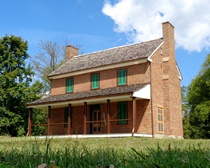
William Brimage Bate was born here in 1826, and during the Civil War he rose to the rank of major general. He left home at the age of sixteen to be a clerk on a steamboat. During the Mexican War, he served as a lieutenant, then became a journalist, a lawyer, and a state legislator.
Insider Tip: The grounds are always open at Hawthorn Hill State Historic Site. A notable Bate family member, Dr. Humphrey Bate, was a raised at the house and was a major influence on the WSM’s “barn dance” program that later became the Grand Ole Opry.
Gallatin
Trousdale Place – 183 W. Main St., Gallatin, TN 37066
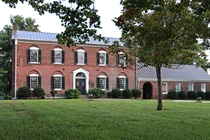
This was the home of William Trousdale (1790-1872), governor of Tennessee (1849-1851), and U.S. minister to Brazil (1853-1857). During the Union army’s occupation Gallatin from 1862 to 1870, its commanders regarded former Governor Trousdale the county’s elder statesman despite his strong support for the Confederacy. Both the army and local citizens turned to him for assistance in dealing with each other.
Insider Tip: If you want to tour Trousdale Place, you must make advanced reservations as the site is not open daily (however, the grounds are always open). To make reservations or learn about open dates, please call (615) 452-5648.
Gallatin Public Square – 132 W. Main St., Gallatin, TN 37066
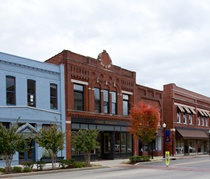
Early in 1861, Gallatin and Sumner County were divided over secession, but after the fall of Fort Sumter, residents voted almost ten to one in favor. Support of the Confederacy never wavered, as Capt. Benjamin S. Nicklin, 13th Battery, Indiana Light Artillery, wrote in 1864, “This County has not even the germ of loyalty in it.”
Insider Tip: Prepare for this marker by reading Duke University’s online holding of 16-year old Alice Williamson’s Civil War diary; Williamson lived on the Gallatin Square during the war. Also plan to eat and shop the downtown Gallatin Square during your marker visit as they have great shopping and wonderful restaurants!
Rose Mont – 810 S. Water Ave., Gallatin, TN 37066
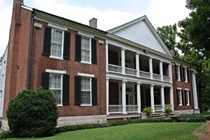
Rose Mont, a Greek Revival-style mansion completed in the 1840s, was the home of Judge Josephus Conn Guild, a state senator and representative who also served as a Lt. Col. in the 2nd Tennessee Mounted Volunteers during the Seminole War. He hosted such notables as James K. Polk and Andrew Johnson here at his plantation, famous for horse-breeding and racing. The Civil War changed that world forever. Guild resisted secession but became an ardent Confederate once the war began.
Insider Tip: Historic Rose Mont is open for tours seasonally. The original owner of the house, Judge Josephus Conn Guild, was imprisoned in Michigan for a time during the Civil War.
Douglass-Clark House – 2115 Long Hollow Pike, Gallatin, TN 37066
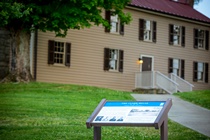
This is the home of four brothers who served in the Confederate army, as did many of Sumner County’s young men. Their father, William F. Clark, a Protestant minister, died in 1847 at the age of forty-one, leaving his wife, Emma Douglass Clark, to rear the boys. Emma Clark, the daughter of Reuben and Elizabeth Edwards Douglass, was the granddaughter of Col. Edward and Sarah George Douglass who came to Sumner County in the late 1700s. Three of the sons died in service.
Insider Tip: The Douglass-Clark House, situated on the Station Camp Greenway, is open for free tours on selected days of the week. A portion of the house was built around 1786 and served from 1788-1790 as one of the earliest courthouses in Sumner County while it was also used a family home.
Goodlettsville
Mansker Creek – 745 Caldwell Drive, Goodlettsville, TN 37072
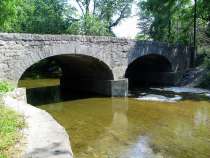
The important Louisville & Nashville Railroad ran close to the creek here and, beginning in 1862, was protected by several companies of Union troops. Confederate Col. John Hunt Morgan attacked Union cavalrymen here Aug. 20, 1862, trying to free men and boys arrested in Gallatin. He succeeded in freeing the captives, but Union soldiers retaliated a month later and shot up a nearby Confederate camp.
Insider Tip: Historic attractions Historic Mansker’s Station and the Bowen Plantation House are very close to this marker!
Hendersonville
Rock Castle State Historic Site – 139 Rock Castle Lane, Hendersonville, TN 37075
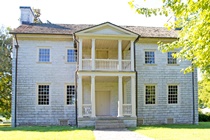
Rock Castle was a large and prosperous plantation worked by 98 slaves when the Civil War broke out. Changes came rapidly when Union soldiers occupied the area in early 1862. Over the years, slaves left for freedom under the protection of the Union army; after the war, Harry Smith, returned to his home at Rock Castle to rebuild the farm with the help of newly freed tenants.
Insider Tip: Historic Rock Castle is open seasonally for tours. Don’t forget to visit the Smith family cemetery on the grounds and walk the nature trail, which offers a great view of Old Hickory Lake!
Hazel Path – 105 Hazel Path, Hendersonville, TN 37075
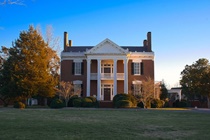
This was the home of Confederate General Daniel Smith Donelson, who was the nephew of President Andrew Jackson and grandson of Daniel Smith of Rock Castle located in Hendersonville. Fort Donelson on the Cumberland River is named for General Daniel S. Donelson. After fighting in Virginia and Tennessee, Donelson died of natural causes in 1863. Hazel Path became a contraband camp following the Battle of Nashville in 1864. The property was returned to the family in 1886.
Insider Tip: The grounds are open at Hazel Path but it currently is used as an event venue. After you check out the marker, head to Historic Rock Castle which is minutes away and was the home of General Daniel Smith Donelson’s grandfather Daniel Smith.
Monthaven Arts & Cultural Center – 1017 Antebellum Circle, Hendersonville, TN 37075
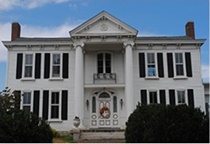
This antebellum home, known during the war as “Liberty Hall,” served as a hospital for wounded soldiers on both sides. Union soldiers occupied the area after Nashville’s fall in early 1862. Many soldiers were detailed to protect the nearby Louisville & Nashville Railroad, an important Federal supply line that was the subject of frequent deadly raids.
Insider Tip: This historic home now serves as Monthaven Arts & Cultural Center, home to great exhibits across the arts. It is open to the public for free on Tuesdays-Saturdays from 10am-5pm and on Sundays from 1pm-5pm.
Portland
Cold Spring School – 303 Portland Blvd., Portland, TN 37148
In May 1861, the Tennessee General Assembly passed legislation to raise and equip the Provisional Army of Tennessee and train the units at camps throughout the state. Camp Trousdale was established–initially at Richland (present-day Portland)–as the main concentration point for companies formed in Middle Tennessee.
Insider Tip: Tours of Cold Spring School can be arranged in advance of a visit and it is open on selected days throughout the year.
White House
White House and Tyree Springs – 105 College St., White House, TN 37188
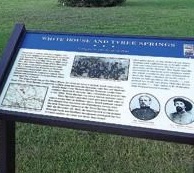
Thousands of soldiers with their wagons, livestock, and equipment travelled on the Louisville and Nashville Turnpike (present-day U.S. Hwy. 31W) during the Civil War. Early in 1862, Union Gen. Don Carlos Buell’s Army of the Ohio used this major north-south transportation route when it marched from Kentucky to Nashville. Confederate cavalry under Gen. John Hunt Morgan ambushed the leading division at Tyree Springs and continuously harassed Union forces along their line of march. The Stage Coach Inn, or The White House, for which the town is named, stood north of here. South of here, Tyree Springs occupied the halfway point between the Kentucky state line and Nashville.
Insider Tip: Check out some delicious food near the marker!



